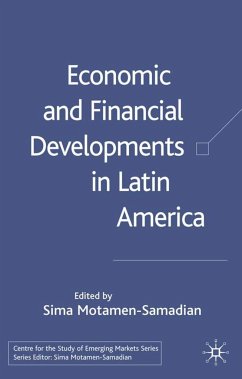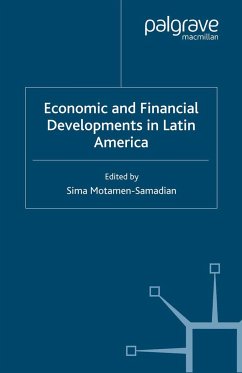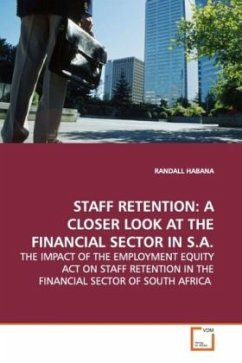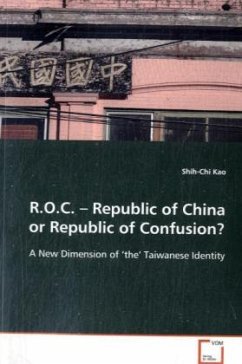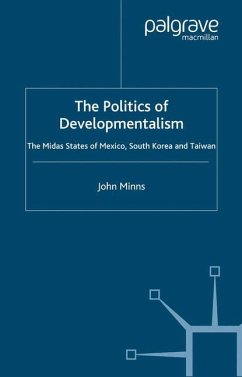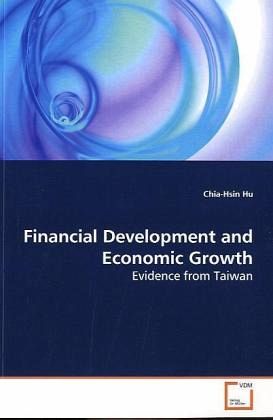
Financial Development and Economic Growth
Evidence from Taiwan
Versandkostenfrei!
Versandfertig in 6-10 Tagen
39,99 €
inkl. MwSt.

PAYBACK Punkte
20 °P sammeln!
Prior empirical evidence has confirmed a robust linkbetween financial development and economic growth.However, the determinants of financial developmentand the causality pattern between financialdevelopment and economic growth are stillinconclusive. Moreover, there is debate on whethergovernment intervention in financial markets canimprove or hinder economic performance. Theexperience of Taiwan has figured prominently in thisdebate. This book makes an important contribution tothe discussion by using time-serious data analysiscovering the period 1976-1998 when the Taiwanesegovernment adopted fi...
Prior empirical evidence has confirmed a robust link
between financial development and economic growth.
However, the determinants of financial development
and the causality pattern between financial
development and economic growth are still
inconclusive. Moreover, there is debate on whether
government intervention in financial markets can
improve or hinder economic performance. The
experience of Taiwan has figured prominently in this
debate. This book makes an important contribution to
the discussion by using time-serious data analysis
covering the period 1976-1998 when the Taiwanese
government adopted financial repressionist policies
and later moved to financial liberalization. The book
sheds light on the variable impacts that government
intervention can have through its financial sector
policies and illustrates how the financial
development - economic growth relationship can change
with changes in the policy regime. This book will be
useful to economists and researchers who are
interested in analyzing country-specific
relationships between finance and growth and
particularly the impacts of government financial
sector intervention on economic growth.
between financial development and economic growth.
However, the determinants of financial development
and the causality pattern between financial
development and economic growth are still
inconclusive. Moreover, there is debate on whether
government intervention in financial markets can
improve or hinder economic performance. The
experience of Taiwan has figured prominently in this
debate. This book makes an important contribution to
the discussion by using time-serious data analysis
covering the period 1976-1998 when the Taiwanese
government adopted financial repressionist policies
and later moved to financial liberalization. The book
sheds light on the variable impacts that government
intervention can have through its financial sector
policies and illustrates how the financial
development - economic growth relationship can change
with changes in the policy regime. This book will be
useful to economists and researchers who are
interested in analyzing country-specific
relationships between finance and growth and
particularly the impacts of government financial
sector intervention on economic growth.



